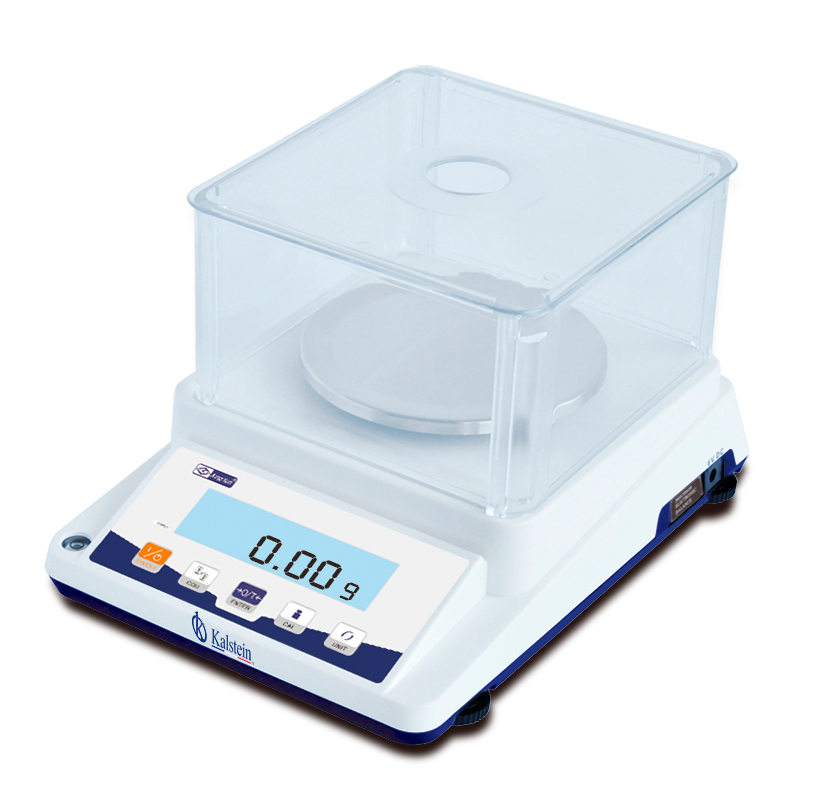Precise weighing it is one of the most fundamental aspects in chemical, biological and research laboratories. An object’s mass measurement need to have a high degree of precision. Laboratory balances fulfill that important role, giving you reliability and comfort. The way this balances work is with a beam with a friction-free fulcrum, a pointer, which attaches to the beam and amplifies deviation from the balance position, and fractional weights, which are applied along the beam’s measuring arm. Laboratory balances provide high readability, a broad weighting range, and a high degree of accuracy.
Used for determining the weight or mass of a sample, scientific balances are among the more vital pieces of laboratory equipment. These weighing devices are available in a variety of sizes, variable resolutions and multiple weight capacities. The more precision the balance offers the smaller the unit of measurement resolution, each varying by additional decimal points.
Uses of the Balances in the Laboratory
From a general aspect, laboratory balances measure the mass of an object. They are also used to measure solids, liquids, tissue; they have a wide range of uses in virtually any laboratory including clinical, research and environmental settings. There are several balance models with different functions. You just have to choose the one that best suits your needs. Among these models, you can find the triple beam balance, analytical balance (precision balance or chemical balance), micro and semi-micro balances.
These laboratory balances can measure a variety of substances from a single grain of a chemical solid using a microbalance to the weight of a large beaker on a triple beam balance. More specifically, an analytical balance can measure in the sub milligram range up to 3,200g. It can auto calibrate or it can be manually calibrated. Analytical balances are completely enclosed to ensure the most accurate measurements. For high precision weighing, the micro and semi-micro balances are used. These balances are very sensitive, with the weighing capacity ranging from 0.1 micrograms to 52g and 50g to 210g. Triple beam balances on the other can measure up to 2,610g.
Laboratory balances possess many functions such as prescription preparation, tablet counting, and percent calculation, among others. Many types of laboratory balances can display different measurement units such as mg, g, and kg. Major advantages of these laboratory balances are their small size and usability as well as their high resolution and wide weight range. In some laboratory balance models, the weighing pan is sealed to prevent any kind of dust or other contaminants in the sample, which are maintained at room temperature to prevent the formation of air currents inside the enclosure.
Types of Balances for Laboratories
As you may know, there are different types of balances available. First, there is the beam balances, which have a uniform bar or beam, suspended at its exact center. Second, there is the equal-arm balance, which is the simplest type of beam balance. On the other hand, there is the unequal-arm balance. This device is suspended at a point a very short distance from one of its ends. In fourth place you can find the spring balance. This consists of a coiled spring fixed to a support at one end, with a hook at the other to which the body to be weighed is applied. Another laboratory balance type is analytical balance. This one is designed for quantitative chemical analysis. In addition, you have the moisture balance, which measures the moisture content in a material sample. Moreover, there is the top-loading balance, which uses a glass or plastic breeze-break atop the scale. Finally, there is the platform balance, which has a form of equal-arm balance in which two flat platforms are attached to the top side of the beam, one at each end.
Know more of our Balances for the Laboratory. visit our catalog HERE

